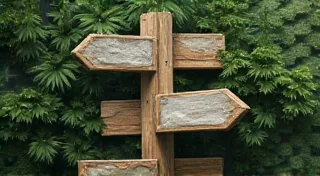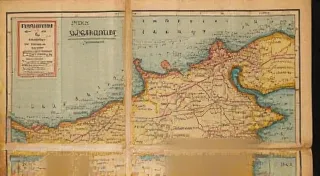Beyond the Box: The Phenomenology of Vintage Game Pieces
Collecting vintage board games isn’t just about owning a piece of history; it's about holding a memory in your hand. The cardboard boxes, the faded illustrations – those are doorways, certainly. But it's what lies within, the small, often overlooked game pieces, that truly unlock the experience. We talk about rarity, completeness, and condition when we discuss collectible board games, and those things are important, undeniably. But let’s delve deeper, beyond the quantifiable, into the sensory and emotional resonance of those diminutive artifacts.
My own journey into vintage board game collecting began not with a desire for investment or a quest for the elusive. It started with a memory. As a child, my grandfather, a man of few words and even fewer displays of affection, would occasionally pull out a well-worn copy of "The Mansion of Happiness." It wasn't the game itself that captivated me, but the heft of the little tin spaceships, the smooth, cool feel of the wooden ladders. These weren’t toys in the modern, mass-produced sense. They were objects imbued with care, deliberately crafted.
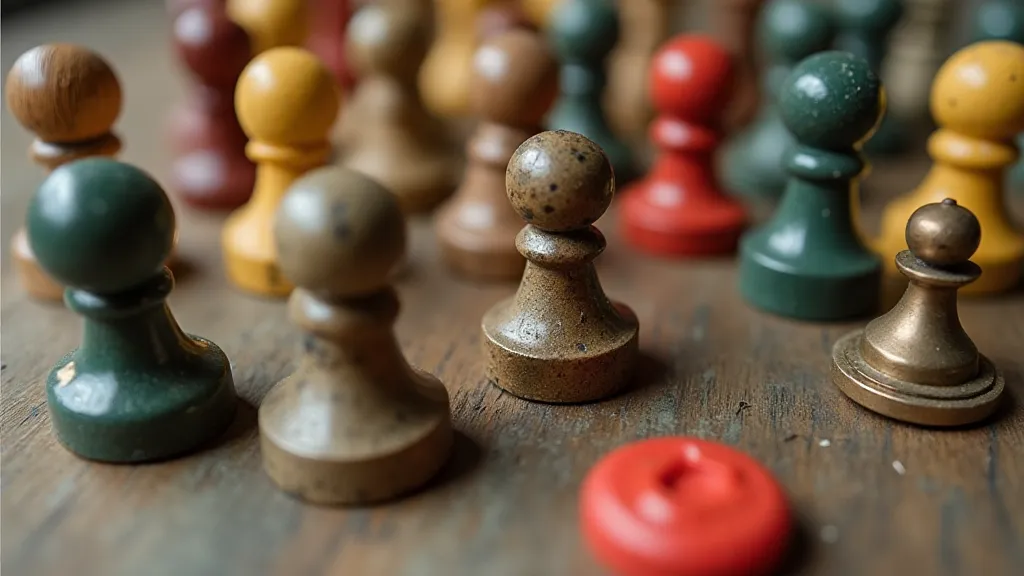
The Weight of History
Consider the materials. Early game pieces were almost universally made from wood – maple, walnut, even more exotic hardwoods depending on the manufacturer and the era. There was a deliberate choice made: weight. These weren't hollow plastic shells. They were substantial, possessing a satisfying weight that spoke of quality and durability. You can *feel* the difference. There’s a tangible connection to the hands that shaped them, the artisans who took pride in their craft. Think about the labor involved in shaping each piece – carving, sanding, painting – a far cry from the injection-molded uniformity of today’s games. This careful creation extended beyond just the pieces themselves, influencing the overall aesthetic appeal that is often discussed in detail in articles analyzing the golden ratio of gameplay and aesthetic analysis of vintage board game design.
Metal pieces—tin, lead (before its eventual phasing out), and occasionally brass—added another layer of sensory richness. The clinking sound of metal tokens as they're moved across the board evokes a feeling of formality, a sense of tradition. The chill of a lead token against your skin, the dull sheen of a tin one – these are sensations that bypass the intellectual and speak directly to the limbic system, triggering a wave of nostalgic emotion.
The Texture of Time and Social Connection
The wear and tear on these pieces only enhance their appeal. A chipped corner on a wooden figure, a faint scuff mark on a metal token – these aren’t defects; they’re stories etched into the object's surface. They’re evidence of countless games played, laughter shared, and memories created. That tiny chip on a painted wooden horse in a Victorian game of "The Royal Races" might represent a moment of triumph, a child’s delighted shriek of victory after their steed crossed the finish line.
The texture, too, speaks volumes. The smooth, polished surface of a well-loved wooden token, the rough-hewn feel of an early cardboard spinner – each tells a different tale. Even the remnants of faded paint can evoke a poignant sense of loss, a reminder of the ephemeral nature of time and the inevitable decay of all things. The act of playing these games, sharing in the stories embedded within their pieces, fostered a sense of community. Many collectors believe that beyond the rules, vintage board games foster deep social connection and a unique sense of community, making them more than just objects of collection.
A Glimpse into a Lost Craft and Era of Status
Looking at these pieces, it’s easy to appreciate the skill of the craftspeople who made them. Early board games were often produced by smaller, family-run businesses, where quality was paramount. Each piece was inspected, often by hand. Mistakes were corrected. The aim wasn't just to manufacture a product; it was to create something beautiful, something durable, something that would last. This attention to detail reflected not only the era's craftsmanship but also the social status associated with the games themselves. During the Gilded Age, owning a well-crafted board game, such as a beautifully rendered Parcheesi set, became a symbol of wealth and refinement—a window into the gilded age of Parcheesi, fortune, and frivolity.
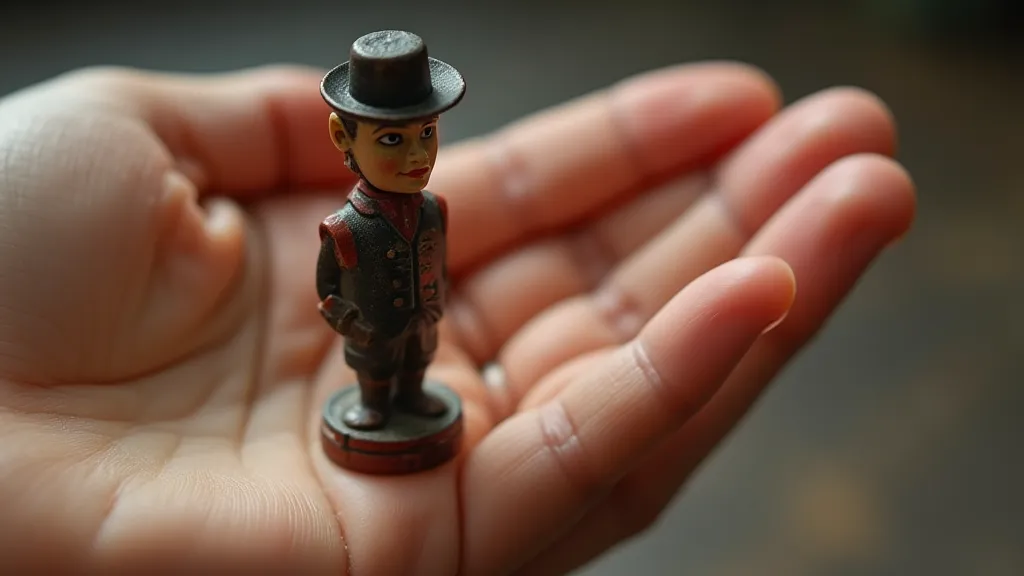
Contrast this with modern mass production, where cost-cutting measures often prioritize quantity over quality. While today’s games may be more readily available and affordable, they often lack the soul and craftsmanship of their vintage counterparts. The tactile experience is simply different – often plastic and light, lacking the sense of substance and history.
Beyond Restoration: Embracing the Patina and Luxury
When it comes to vintage game pieces, restoration is a tricky subject. While some might be tempted to painstakingly repair every chip and repaint every faded area, I would argue that such interventions often diminish the object's inherent value. The wear and tear are part of the story; they are what make each piece unique. For some games, especially those featuring exquisite materials like ivory, these details are particularly vital to their character and historical significance – a topic examined in detail when discussing the resonance of ivory and the lost luxury it represented in vintage game pieces.
Of course, there are exceptions. Severely damaged or missing pieces should be replaced, if possible. But when it comes to minor imperfections, the best approach is often to simply embrace them. Let the patina tell its own story. Consider it character. That slight discoloration on a tin token? A silent witness to countless games played under gaslight, or by the flickering warmth of a hearth.
The Enduring Appeal and Preservation of History
Collecting vintage board games isn’t just about acquiring possessions. It’s about connecting with the past, appreciating the artistry of a bygone era, and rediscovering the simple joy of play. It’s about holding a tangible link to our collective cultural heritage. It’s about feeling the weight of history in your hand, the texture of time against your fingertips. The meticulous craftsmanship involved in creating these pieces contributes significantly to their enduring appeal, a testament to the skill and dedication of artisans from a different time.
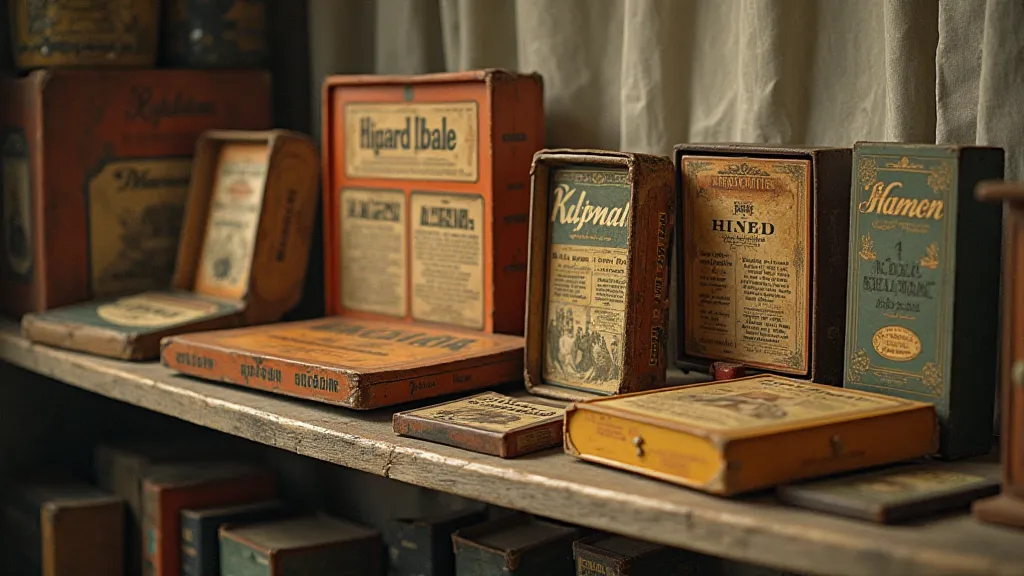
The games history isn't just on the cardboard, it's imbued within every piece. Preserving these pieces is more than a hobby; it's a commitment to safeguarding a unique part of our collective history, allowing future generations to experience the beauty and charm of a bygone era. This act of preservation also involves ongoing research and documentation to ensure that the stories behind these games and their pieces are not forgotten. Understanding the materials, construction techniques, and social context of vintage board games allows for a deeper appreciation of their significance and allows for a better understanding of the cultural landscape they represent. As technology evolves and manufacturing processes change, the value of these tangible links to the past becomes even more apparent. The stories etched into each piece, the echoes of laughter and shared moments, are invaluable treasures that deserve to be cherished and protected. To truly appreciate these pieces, one must consider the entire lifecycle of the game – from its creation to its preservation and eventual display, recognizing that each stage contributes to its unique character and enduring appeal. Through this thoughtful approach, we can ensure that the legacy of vintage board games continues to inspire and delight for generations to come.
